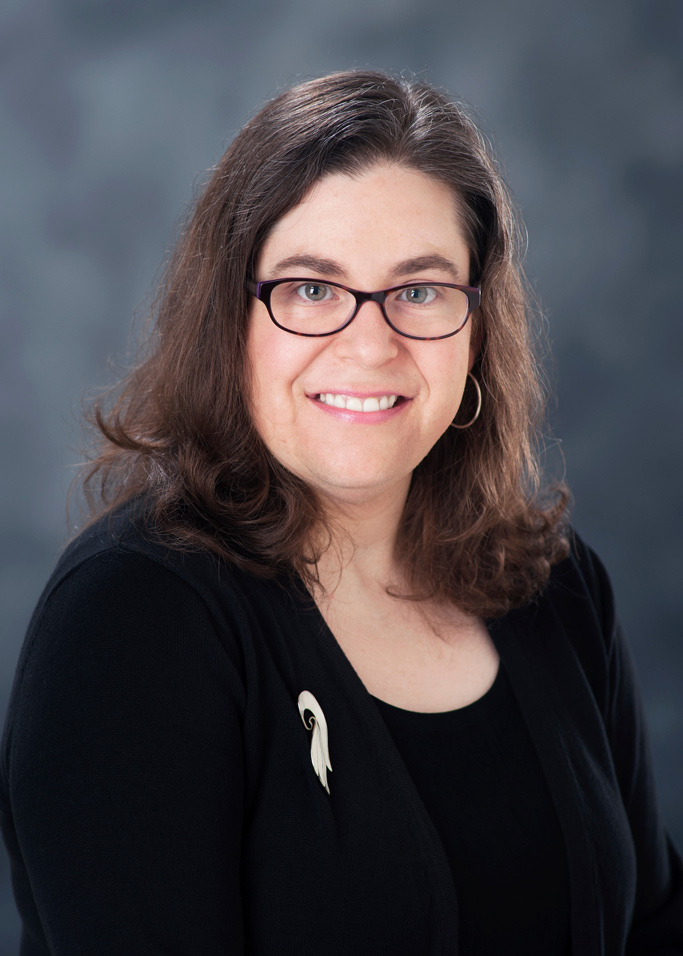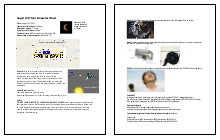Contact: Allison Matthews

STARKVILLE, Miss.—A Mississippi State planetary astronomer will give a public presentation in advance of the upcoming solar eclipse.
Donna M. Pierce, MSU associate professor of physics and astronomy, will discuss “Chasing Shadows: Understanding the Great American Solar Eclipse of 2017.” Free to all, her presentation takes place Aug. 20 at 4 p.m. in Rogers Auditorium (Room 100) of McCool Hall.
A significant solar eclipse can be seen across America on August 21. The Starkville area will experience an 89 percent partial eclipse, while a 70-mile-wide area that spans the U.S. will experience a total eclipse during the early afternoon hours. MSU also is hosting a viewing event at the Drill Field on Aug. 21 from noon- 3 p.m.
Pierce said her Sunday afternoon presentation will include a description of when and how solar eclipses occur and why they are so rare. She will explain the historic significance of this month’s eclipse, as well as what people can expect to see as the event unfolds, both locally and in other areas of the country.
She explained that in addition to the primary effects of the moon and stars, many secondary effects will be noticeable.
“It’s almost as much fun watching the nature directly around you as it is watching the actual eclipse. Particularly as it is getting darker, flowering plants will begin to close, birds will take to their nests thinking that it’s nighttime, only to be confused when it starts brightening up again a short time later,” explained Pierce, who observed her first eclipse at age 5 and has seen many instances of the natural phenomenon over the years.
She emphasized that the last time a total solar eclipse was visible coast to coast in the U.S. was in 1918.
“However, the 1918 eclipse track also included large portions of international waters stretching to Japan and Bermuda. The 2017 eclipse is unusual because the line of totality is strictly across the United States,” Pierce said.
She said the last time a total eclipse was viewed from coast to coast across the continental U.S. and in no other part of the world was in 1257. Looking ahead, another significant partial eclipse will take place in the U.S. in 2024 – although it will not be visible coast to coast. Starkville will experience a total eclipse in 2045.
Pierce said her public discussion also will include an overview of how to safely view the eclipse, including using pinhole projection, eclipse glasses from a reputable source or No. 14 welder’s glasses. She said eye safety is imperative to plan for before August 21 because improperly viewing the Sun--even during an eclipse--can lead to permanent eye damage.
For more about certified eclipse glasses vendors, see https://eclipse.aas.org/resources/solar-filters. Instructions on how to prepare pinhole projection for the eclipse may be found at https://www.jpl.nasa.gov/edu/learn/project/how-to-make-a-pinhole-camera/.
Pierce holds a 2006 doctorate in astronomy from the University of Maryland College Park. Her bachelor’s degree in physics is from the University of Kentucky. As a graduate student, she worked on NASA’s Deep Impact mission to explore comet Tempel 1, and she conducts research on the chemical composition of comets.
She held a brief postdoctoral research position in the Department of Astronomy at the University of Texas at Austin before joining the faculty at MSU in 2007. She is a member of the American Astronomical Society, the Division for Planetary Sciences of the American Astronomical Society, and the American Geophysical Union.
For more on the eclipse viewing, visit library.msstate.edu/eclipse, view the fact sheet, or call Pierce at 662-325-2914.
MSU is Mississippi’s leading university, available online at www.msstate.edu.
 Download the 2017 eclipse fact sheet with tips on how to view this once-in-a-lifetime event safely. |